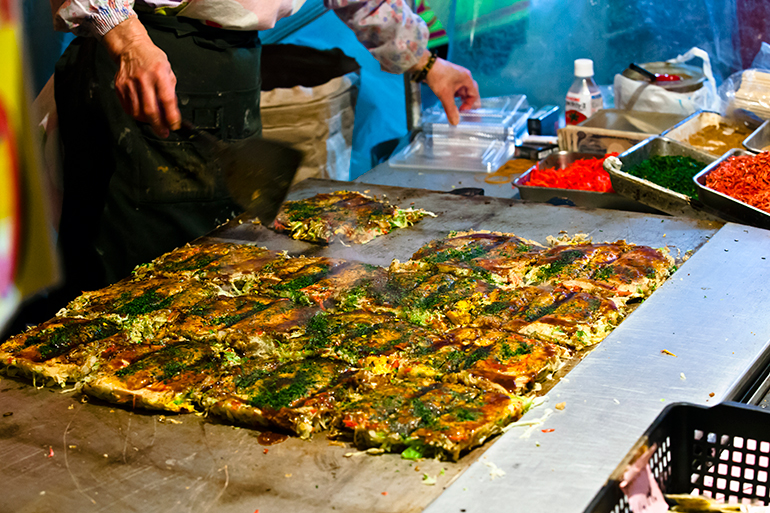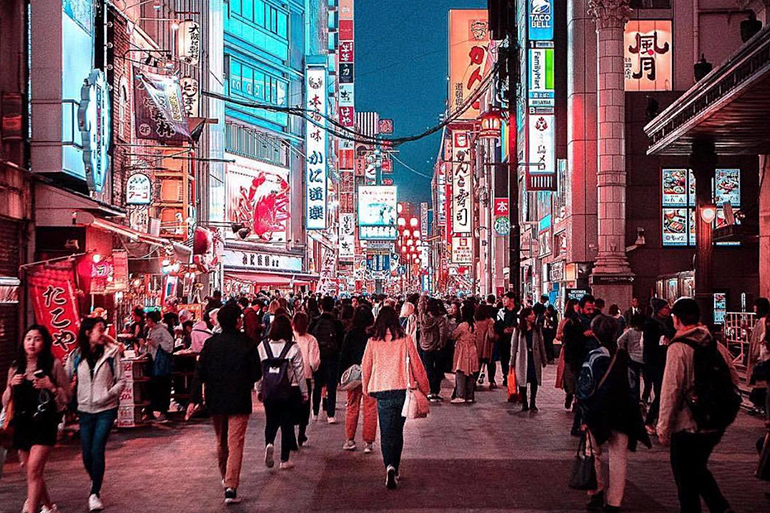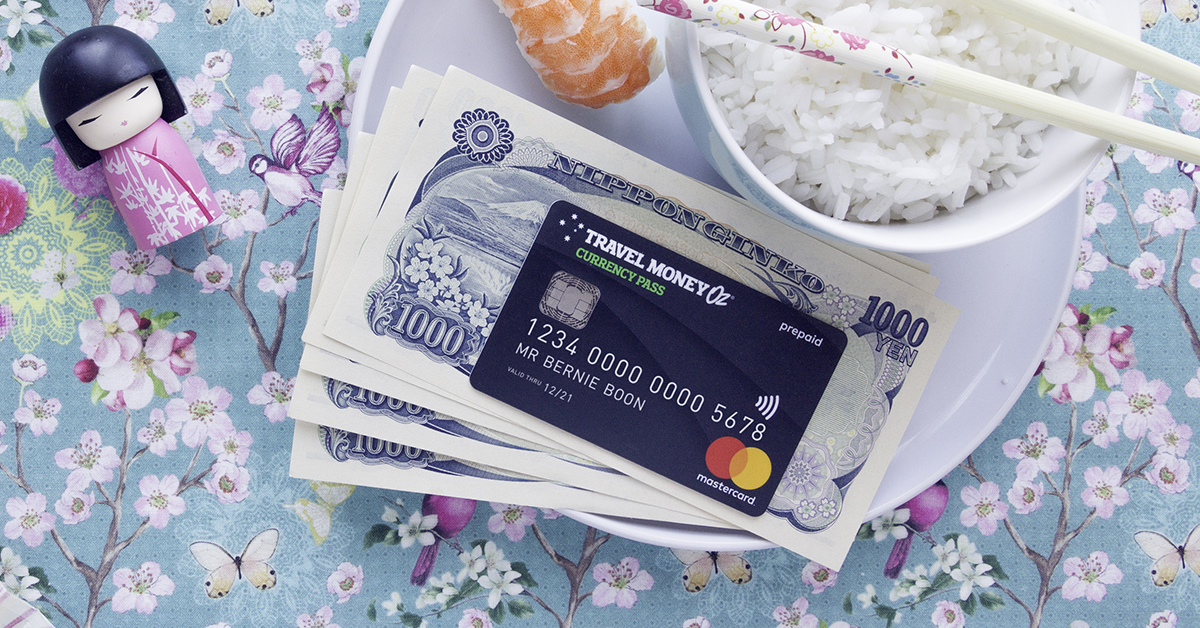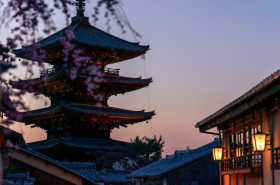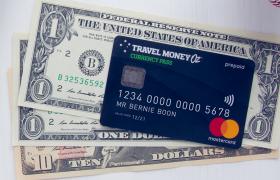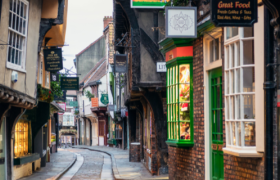Food glorious food! There are so so many options when it comes to eating delicious food in Tokyo whether you’re looking to make it rain Wagyu, or scraping the BBQ with Okonomiyaki. There are more Michelin star restaurant than you can poke a chopstick at (Tokyo has more than any other city in the world), and plenty of cheap and delicious street eats like Takoyaki (doughy octopus balls). Japan also has the freshest sashimi you’ve ever tried, especially from Tokyo’s Tsukiji Fish Market. Japan has food to fit every budget and it’s worth trying a little from each.
Splurge:
Since you’ll be in the city that holds the world record for the most Michelin star restaurants, why not treat yourself to a dining experience like no other (when in Rome...or rather Toyko right)? Tokyo currently lays claim to 13 three-star restaurants, 52 two-star and 165 one-star establishments, 29 of which are brand new, so the choice is yours.
For a three star experience don’t go past Japanese restaurant Kanda, famed sushi restaurant Sukiyabashi Jiro Honten, or French restaurants Quintessence and Joël Robuchon. Or if you’re feeling brave, try Japanese restaurant Yamadaya which specializes in the potentially poisonous Fugu (pufferfish), sliced with expert precision.
Save:
To save the dollarydoos for other activities you can find street eats like Okonomiyaki (a cabbage based Japanese omelette), Ramen, Yakitori (BBQ chicken skewers) and Yakisoba (fried noodles) inexpensively pretty much everywhere. Other yummy cheap treats to try include green tea ice cream, mochi balls and Yatsuhashi (both made from rice flour).

